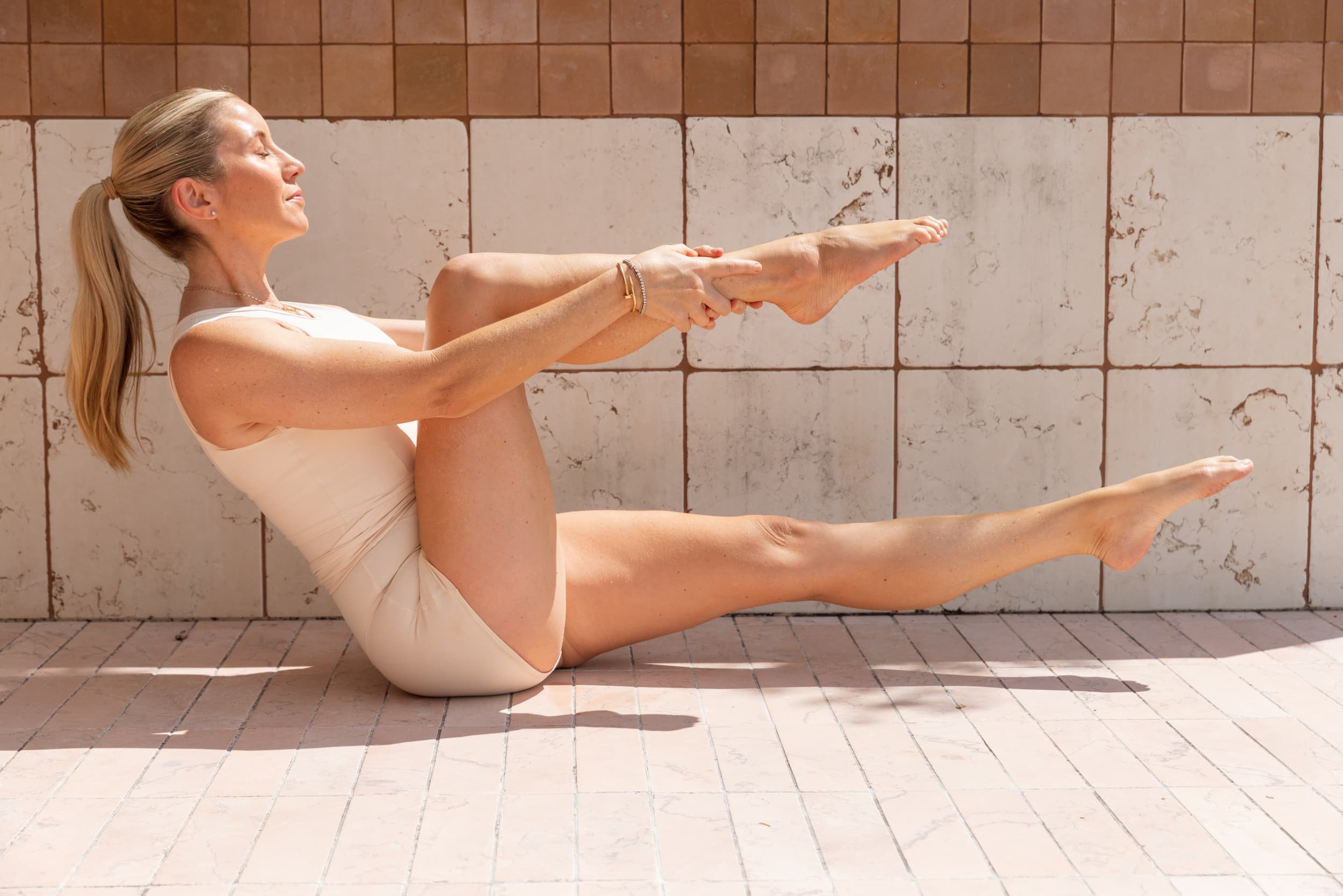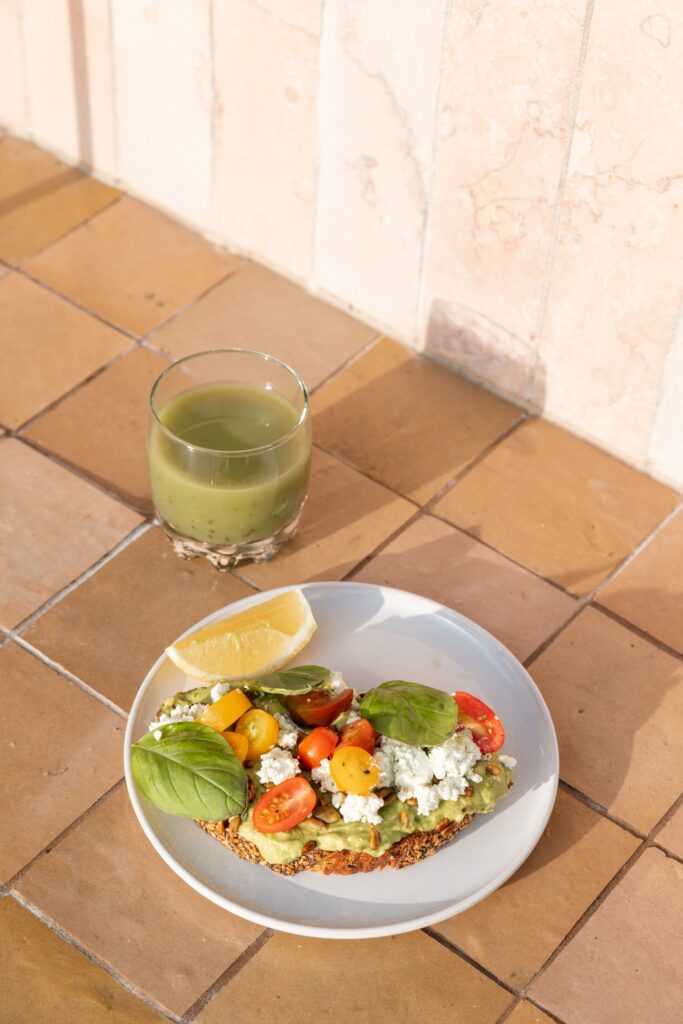How does your core strength impact your wellbeing?
Our core is the centre of our body. Our core supports our posture and balance, controls our bodily movements and physical function and directly impacts our mood and emotional stability. A weak core and pelvic area creates imbalances in the body, impacting the way we hold ourselves and our physical appearance, our freedom to move without pain or discomfort and our ability to manage stress and emotions.
Our gut-brain connection observes the physical and chemical connection between our gut and brain. Our digestion and gut is sensitive to our emotions – think feelings of butterflies when we are nervous, angry or excited. A healthy gut and strong pelvis helps to manage these ‘gut feelings’, promoting better emotional wellbeing and how we deal with feelings of stress. A healthy gut is achieved through our diet and exercise – a combination of aerobic and strength training, with a specific focus on our core and pelvic stability.
How can you strengthen your core to improve your wellbeing?
Effective abdominal exercises to strengthen and tone starts with your form. More often than not, a “crunch” or sit-up movement disregards your breathing, the position of your head and neck and neutral spine – essential to finding your deep abdominal connection. It is only until you find this deeper connection, think the tremor in your tummy, that you are effectively activating and strengthening your abdominals. When we disregard these cues, the focus turns to our neck, hip flexors and lower back. Not only are we not allowing our abdominals to properly engage, but we put ourselves at risk of injuries and imbalances. My three tips to finding deep abdominal connection are:
- Breathing. Inhale to prepare and exhale to move. Imagine you are breathing up and down rather than in and out, connecting your ribs together and engaging your abdominals.
- Neck position. Use your hands to interlace your fingers behind your neck, creating a hammock to stabilise and support your head. The space between your chin and neck should not change as you move.
- Neutral spine. The position of your pelvis should remain stable and flat, tailbone heavy with a small gap in your lower back. The position of your spine should not change as you move.
When we work our abdominals through controlled and repetitive movements, with correct form and positioning, we can achieve strength and tone in just 20 minutes a day. In 20 minutes, you are able to activate your abs and fatigue the muscles to build strength. When you do this every day, you will feel your core strengthen and see the difference in tone and definition of your abdominals.
Why do we struggle to strengthen and tone our core?
As women, there are studies to show that as we age, we are prone to holding weight around our mid-section, which becomes difficult to shift more than any other part of the body. Why is this different for men? Our main female sex hormone, oestrogen, reduces our ability to burn energy like men do. There are many factors that help to combat or contribute to this – the key players being our diets, stress, exercise, hormones and sleep. Simple changes to support a healthy midsection are to minimise sugar and processed food intake, eat a balanced diet with regular meals, implement tools to manage stress (stress drives your cortisol which is linked to storing weight around your stomach), prioritising a good night’s sleep and exercise.
Exercise for a healthy gut
You might not know this, but too much excessive exercise can place stress on your central nervous system and drive cortisol. Fluidform teaches continuous and targeted functional movement to fatigue and strengthen your muscles, without leaving you feeling depleted after every workout. When practised consistently, your core muscles will fire and support all types of movement – both on and off the mat. A combination of daily, targeted abdominal workouts with aerobic-style exercise, just 20 minutes a day, will effectively elevate your heart rate, helping you to burn energy while building core strength – creating a long, lean torso, helping you to achieve that ‘Pilates’ core.
Nutrition for a healthy gut
When we speak about our ‘abs’ we are referring to our abdominal muscles, which are supported through targeted and effective exercise. The appearance of our abdomen is controlled by a combination of factors, with movement and nutrition at the core. It goes without saying, sugar and processed foods are difficult for your body to metabolise and as a result, turn to fat. Swapping these foods for natural sugars such as fruit, increasing your vegetable intake and focusing on protein and wholegrains will help you stay fuller for longer and support your body’s ability to metabolise and burn energy. In conjunction with daily exercise, you are supporting your metabolic rate and building muscle for strong, more defined abdominals. Beyond this, a healthy and balanced diet, including a combination of healthy fats, protein, carbohydrates, pre and probiotics, promotes a healthy gut, which contributes to our overall gut health and wellbeing.









